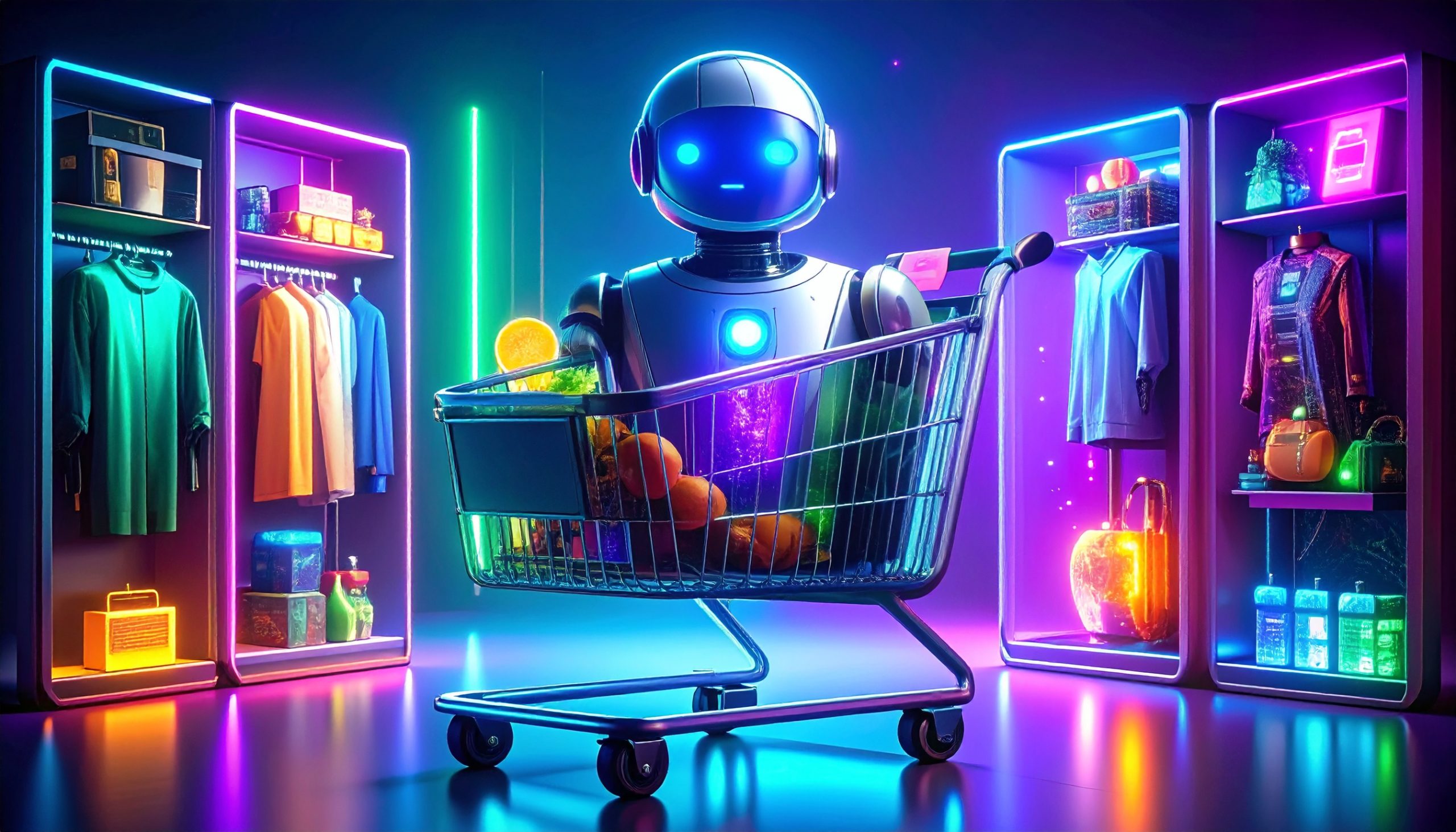
Shopping has always been a cornerstone of consumer culture. But with the rise of artificial intelligence, it’s no longer just about convenience—it’s about transformation. AI is rapidly changing how people shop, and in doing so, it’s rewriting the rules of advertising.
From virtual assistants to generative AI tools like ChatGPT, consumers are now discovering products through conversation, not clicks. This new era of shopping doesn’t begin with a Google search or a banner ad—it starts with a question. And that changes everything.
The AI Shift in Shopping Behavior
People now ask AI tools things like:
- “What’s the best moisturizer for dry skin under ₹1,000?”
- “Find me a laptop with a great battery for travel.”
- “Where can I buy eco-friendly home cleaning products?”
AI tools respond not with ads but with personalized recommendations, comparisons, and direct links. They collapse the traditional sales funnel by combining awareness, consideration, and decision-making into one single interaction. This means brands are no longer interrupting buyers—they’re being invited into the shopping journey, but only if they’re relevant.
Why Traditional Advertising Is at Risk
The fundamental promise of advertising is visibility. But visibility in a world where AI controls the interface is no longer guaranteed. If a consumer is asking an AI assistant for a product recommendation, they are unlikely to see a banner ad or a social media campaign—unless that brand is contextually embedded into the AI’s ecosystem.
This creates two major challenges:
- Loss of Control – Brands can no longer rely solely on paid media placement. AI decides which product shows up, based on relevance, data, and content quality.
- Compressed Attention Span – The user’s attention is now focused on a few AI-generated options. Brands must compete in milliseconds to earn that trust.
In this AI-powered shopping model, traditional interruption-based advertising feels outdated and inefficient.
The Future of Advertising Is Intent-First
AI doesn’t guess. It responds to intent. That means advertising must evolve from mass targeting to micro-targeted contextual relevance.
Brands that want to stay competitive must focus on:
- Structured product content – So that AI can easily understand and index your offerings.
- Conversational messaging – Crafting product descriptions and ad copy that align with the way people ask questions.
- Dynamic creative optimization – Delivering adaptable visuals and text depending on the user query.
The most successful brands will build content that’s not just discoverable but usable by AI systems.
Shopping as a Conversational Experience
The biggest shift? Shopping is becoming conversational.
AI assistants are guiding consumers through buying decisions by answering questions, addressing concerns, and simplifying comparisons. This is a game-changer for advertisers.
Instead of shouting louder, brands need to speak smarter. Advertising must now act like a smart, helpful assistant—proactively guiding the consumer, not pushing them.
How Marketers Can Respond
- Audit Product Listings
Make sure your product titles, descriptions, and images are optimized for both human readability and AI parsing. - Invest in Structured Data
Rich product data increases your chances of being surfaced by AI systems. - Collaborate With AI-Powered Platforms
Integrate your catalogs and feeds into ecosystems where AI assistants operate—search engines, marketplaces, and recommendation engines. - Create Utility-Focused Content
Blogs, FAQs, comparison guides—these help AI recommend your products as trusted answers, not just advertisements.
Conclusion
The AI revolution is here, and shopping is at the heart of it. As consumers embrace intelligent assistants to guide their purchases, brands must rethink how they show up in that journey. Traditional advertising isn’t dying—but it’s being forced to evolve.


